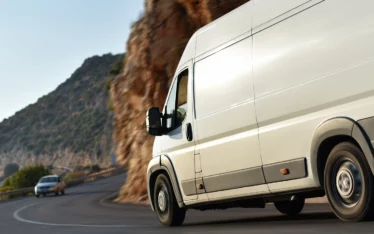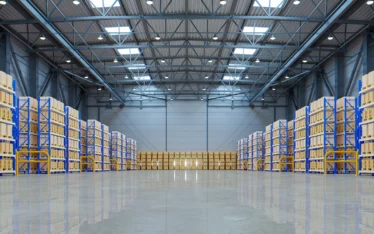One of the factors that determine the efficiency and productivity of any logistic business can be seen in the storage system that it has implemented. The organization of packages is the main focus of a warehouse storage system. There is, however, no one absolute storage system that can be implemented for all logistic companies depending on different variables that need to be considered.
Types of Warehouse Storage Systems
Some of the factors that affect the type of storage system to be used are company budget, availability of space, types of packages, amount of workforce employed, and a few others. Here is a list of common warehouse storage systems that have been implemented globally.
Static Shelving
Storage System for Lightweight Inventory
This is a less flexible storage system since shelves are installed on fixed aisles in the storage area. To save storage space, shelves may be installed near each other. With this kind of setup, using forklifts will not be an option as all packages will need to be picked up manually from the shelves. With that being said, there should be a focus as well on proper care and handling of packages.
Since package weight and size need to be considered, it is best to place lighter and smaller packages on the top shelves for better handling as the use of a ladder will be necessary. Larger and heavier packages may be placed on the lower shelves for easier access. This type of storage system may have lesser installation cost, but if you would need to regularly increase your labour force as your business eventually increases its clientele, then your expenses may relatively increase as well.
Mobile Shelving
Flexible and Adjustable System for Large Inventory in Lesser Space
As compared to the static shelving storage system, a mobile shelving system, also called a mobile rack system, mounts shelves onto a rail system. This is done to increase productivity since there are no fixed aisles. On the ends of the racks there are tracks installed in this type of system. With the use of bracings and decks, the shelves become sturdier which allows for larger packages to be stocked.
With mobile shelves, transport materials like forklifts can be used to move around packages. In addition, since mobile shelving takes lesser space within the warehouse, it is even possible to install a different type of storage system as seen fit for the extra space available.
Related article: Helpful Tips on Moving a Warehouse
Multi-Tier Racking
Storage System that Makes Use of Warehouse Vertical Space
This is a storage system built to use as much vertical space as possible. Depending on the height of the warehouse, it is possible to maximize up until its upper limits. A multi-tier racking system can accommodate large quantities of inventory but still requires that the sizes of the items are kept klonopin buy online cheap relatively small. This is also a flexible system wherein it allows for the removal or adding of tiers. However, there is a need to make a strategic organization of the multiple tiers to properly store and create more space for more packages.
Pallet Stacking
Cost-effective System with Eased Access and Improved Maneuverability
Considered as a cost-saving system, multiple heavy-duty pallets are stored into a very sturdy framework. This system is most effective when the inventory is made up of large-sized boxes. The parcels are stacked on the pallets and can be taken out at any given time. Other than being a cost-saving system, it also saves space as the pallets are stacked onto the framework. Maneuverability is easier as well and inventory can be picked up either manually by workers with the use of ladders or by transport materials, like a forklift. There are different types of a pallet stacking system. Among the common ones used globally are:
Selective Pallet Rack. The most common type of pallet stacking wherein the users can easily load and unload packages on a specific pallet without moving any other pallets within the framework.
Push Back Rack. Pallets are stored on wheeled carts which are installed on inclined storage rails. When packages are loaded, a pallet is placed on a wheeled cart which then pushes back the next pallet off the cart and onto the rail. For unloading of a pallet, the respective pallet is pushed to the front of the framework. This is usually called a last-in-first-out storage system.
Pallet Flow Rack. As compared to a push back rack system, this system is considered as a first-in-first-out storage system. Using a sloped rack, new pallets are added on top of the framework. For unloading, the specified pallet will have to be pushed to the lower end of the framework.
Related article: Storage Containers vs Storage Trailers: Which is Better?
Wire Partitions
System to Store Packages that Need Security Protection
This storage system is one of the better options to use when there are packages that need special protection. It is easy to install and at the same time can be disassembled whenever there are no more packages that need special attention. The system uses heavy-duty steel to create makeshift cages for such packages. The size of the cages will depend on the requirement for the packages that need to be stored. Furthermore, these cages can also be used to build a temporary office for supervisor or manager use.
These different types can be installed in any warehouse but one still needs to identify which would fit the business needs and budget capability of the company. To avoid wasted resources, choosing the most flexible solution for the business will always be the priority.





